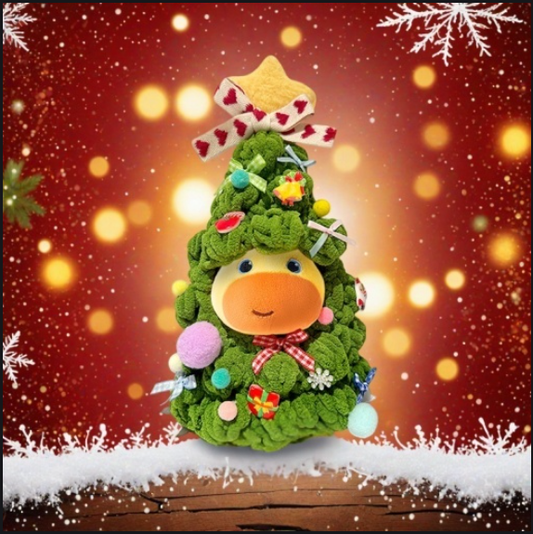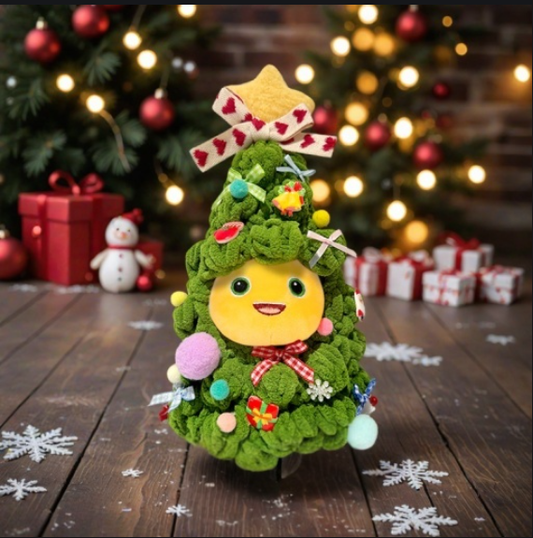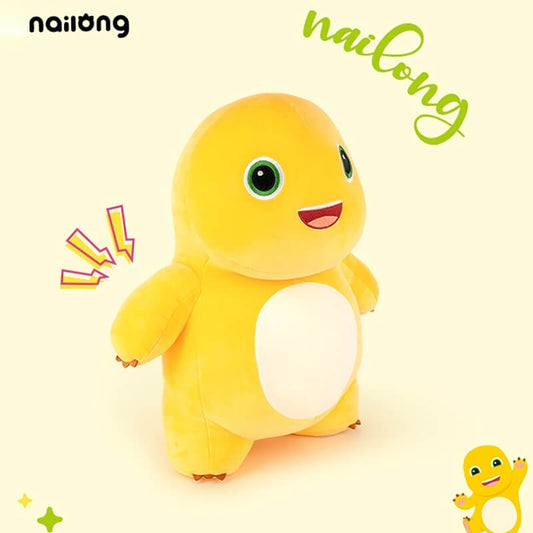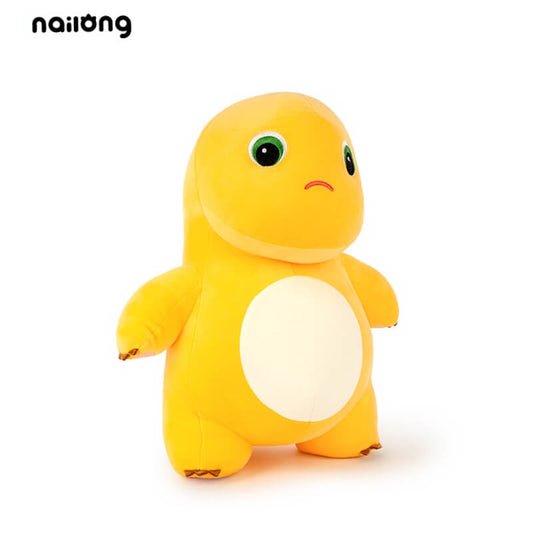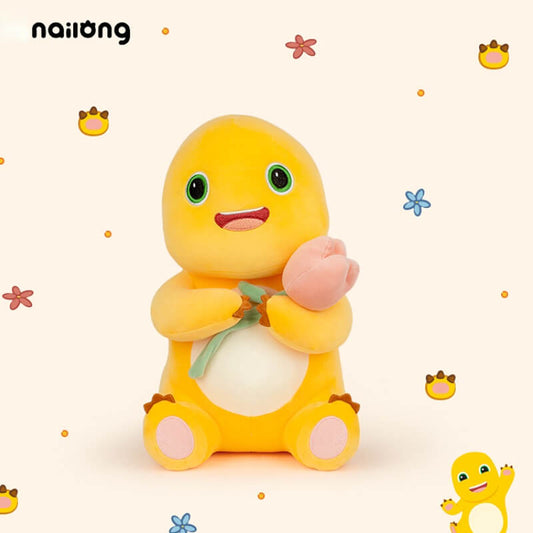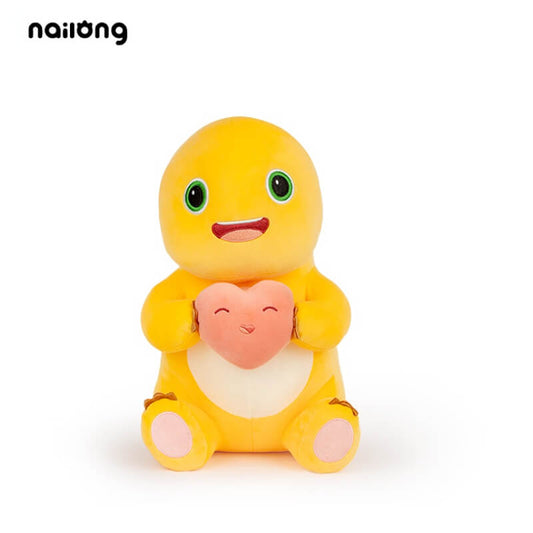Understanding Different Materials of Plush Toys: Pros and Cons
When choosing a plush toy, material matters a lot. It affects not only the look and feel but also safety, durability, and ease of cleaning. In this blog, we’ll explore the most common materials used in plush toys, their advantages, and disadvantages to help you make the best choice.
1. Cotton Plush
Advantages:
- Natural and biodegradable, eco-friendly
- Soft and breathable, comfortable to touch
- Hypoallergenic for sensitive skin
Disadvantages:
- Can shrink or lose shape after washing
- Less durable compared to synthetic fibers
- May absorb moisture and take longer to dry
2. Polyester Plush
Advantages:
- Durable and resistant to wear and tear
- Easy to clean and quick-drying
- Cost-effective and widely used
- Retains color and shape well
Disadvantages:
- Not biodegradable, less eco-friendly
- Can feel less natural or rougher than cotton
- May cause allergies in some sensitive individuals
3. Faux Fur Plush
Advantages:
- Luxurious and realistic fur-like texture
- Soft and cozy, great for cuddling
- Variety of colors and styles available
Disadvantages:
- Requires gentle cleaning methods
- Can shed fibers over time
- Usually more expensive
4. Velvet Plush
Advantages:
- Smooth, shiny surface with elegant look
- Soft and pleasant to touch
- Good durability
Disadvantages:
- Can attract dust and lint easily
- Requires careful cleaning to maintain texture
How to Choose the Right Plush Toy Material
Consider the age of the user, sensitivity to allergens, and intended use. For babies and toddlers, cotton and hypoallergenic materials are safer. For collectors or gift purposes, velvet or faux fur might be preferred for their look and feel.
At Duoai, we carefully select plush materials to balance safety, comfort, and durability. Explore our collection for quality plush toys made with love!


